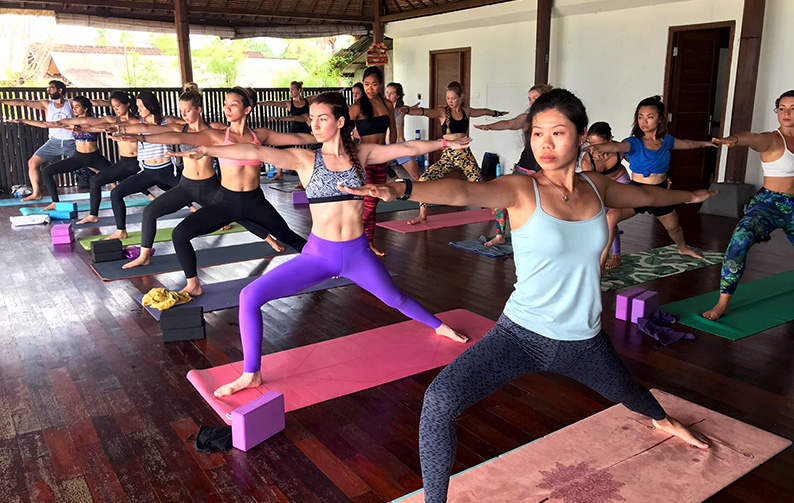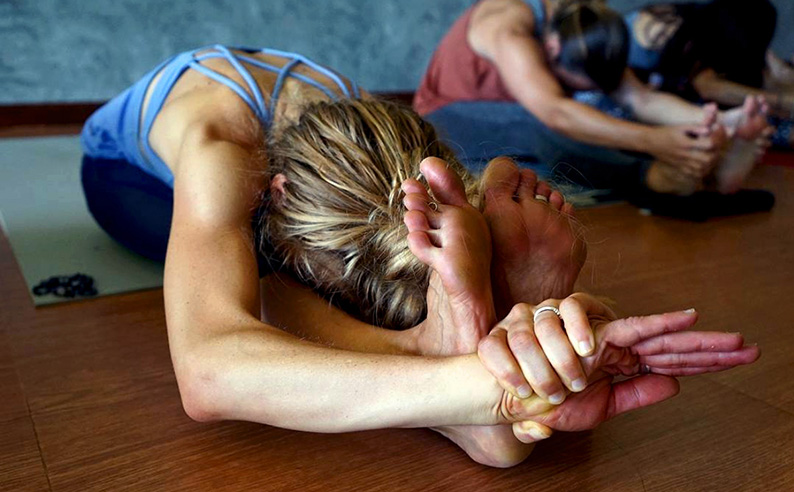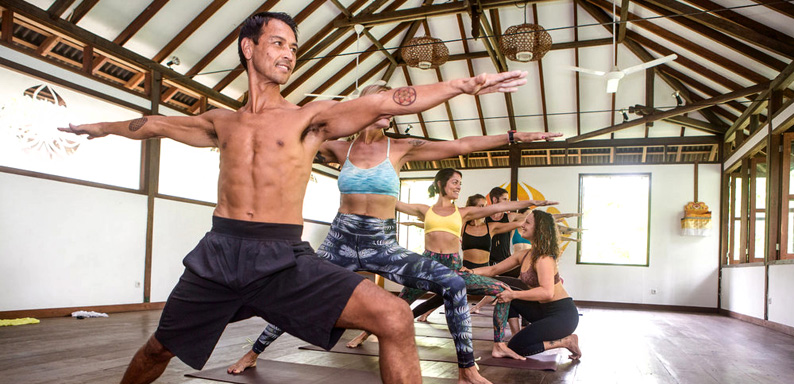Confidence Tips for New Yoga Teachers
Once you’ve completed your 200hr yoga teacher training in Bali and you’re ready to teach, going out into the world and leading a whole class of eager yoga students can feel incredibly intimidating. You may start to doubt your ability to teach, and all the confidence you built up during your training has started to fade away. So, what do you do?
Here are several tried and tested tips to help you build confidence as a new yoga teacher:
1. Teach as much as you can, whenever you can
A big tip for building confidence as a new yoga teacher is to teach right away once you’ve finished your training. This may sound too fast and too eager too quickly but we all need to practice, and to continually practice to grow as teachers. Get your friends and family together and teach them. Offer free classes in your garage, local park etc – just keep teaching. The best advice I’ve ever received is to not wait to teach.
All the teachers and professors at a writing essay service Essayhub would agree with this piece of advice! Their readiness to teach and help others has made them famous in student circles.
2. Fake it until you make it
This point sounds almost as a direct contradiction of confidence building, but trying to ‘fake it until you make it’ can give you that last minute boost to get yourself through teaching a class. It doesn’t matter how long you have been teaching yoga, before you start a class it can always seem somewhat nerve-wracking, but by tricking yourself into being confident and telling yourself you can do it works wonders. Take a deep breath, smile broadly, and go for it. You have the power, worry about worrying later.

3. Breathe through the fear
As you open your class, help your students settle with a short breathing exercise or meditation, then follow the breath count yourself and breathe with the class. Not only is this an excellent way to open a class by having students reconnect with their breath maybe for the first time that day, but it also helps you do the very same. Breathing techniques and pranayama have been proven to help reduce stress and improve mood as shown in countless studies by researchers, and more recently in a 2016 study by the University of Catania in Italy. The team found that subjects in their study that practiced a deep breathing exercise were able to “induce an effective improvement in mood and stress”. When in doubt, breathe fully and breathe deeply.
4. Practice what you teach and what you preach
Spending your free time going over the sequence you are planning to teach, your verbal cues, and any modifications for your students will naturally aid you in feeling more at ease when you are stepping into your class. Brush up on anything that you are unsure of and practice what you are teaching yourself by going through it at the same pace that you’ll be teaching it at. Then you’ll be able to understand what you can add, what you can take out, what will flow, and what will work for your students. If you are planning on weaving a pranayama or a short meditation into your class, go over the technique with a friend or family member to get their feedback on how you are guiding and directing them through it.
5. Be prepared and bring your notes
Having your notes with you in a class will give you a sense of assurance and a safety net in case something happens to throw you off during teaching. It shows intelligence, care, and dedication to your class to have your notes with you. So never be embarrassed to have them near your mat. If you do however lose your flow and forget what pose comes next…
6. Fall back on Child’s Pose
Keep Child’s Pose in your back pocket for anytime you forget what pose is coming next in your sequence. It’s absolutely okay to let your class rest and reconnect with their breath, or their intention for the class, whilst you calmly check your notes and re-center yourself. It is much better than freezing and stumbling for a few moments. Many students will be happy with the chance to pause and then continue with the sequence, especially in a physically demanding flow class. Besides, many students will welcome child’s pose at any time, or a modified version.

7. Get off your mat and own it
Standing at the front of a class knowing that the people in front of you are waiting for you to guide them through a sequence to a blissful savasana can seem extremely daunting. But give yourself a helping hand by stepping outside of the comfort zone of your mat. Don’t be afraid to give adjustments if you are comfortable with them, and to observe your students as they move. Try to avoid walking backwards and forwards aimlessly, but take steps with confidence around the room and own it. As you move around you’ll give your students the feeling that you are there to guide them rather than just doing your own practice in time with them.
8. Maintain your own practice
Always remain a student first, and a teacher second. Attend other teacher’s classes, workshops, or study anatomy etc. Keep up your own practice as students will be able to tell if you aren’t practicing. Your time teaching is for the students and not for you to fit your practice into that part of your day. You may have a brainwave on how to cue a particular pose during your own time on your mat; or you may come up with a fun and strength building transition that would be perfect for one of your classes. Balancing teaching and finding the time to fit in your own practice can seem difficult at first but remember why you started yoga and what yoga does for you. Let the love on your own mat flow.
9. Know that not every student will be your student
When you first start teaching you need to know that not every student will remain as your student. Just as not every teacher you have ever had in the past has remained as your teacher. This is just how it goes, as you will not be the right teacher for everyone, as in life some people are just not your people and vice versa. Listen to feedback from students when it is given and don’t worry about those students who don’t come back to your classes. Don’t let it weigh on your mind, accept it and let it go. Concentrate on the students you do have, get back to planning classes, and being true to who you are as a teacher.

We all have to start somewhere and chances are you may not get everything right in your first class, or your third or even your fourth. But you are human! Don’t stay awake all night tearing yourself apart if you feel something went wrong during your class, learn from it and move on. Take feedback graciously and don’t ever give up. To have the courage to start teaching and to continue teaching is a huge step to take, so don’t let the fear overcome you. Remember why you decided to do your training and why you want to share your love of yoga with the world. Focus on spreading the benefits of yoga to your students and understand that your teaching will constantly improve with regular practice. There may be many, many yoga teachers out there, but there is only one you.
Read More Blogs
Want to Become a Yoga Teacher and/or
Deepen your Yoga Practice?
2 FREE EBOOKS FOR YOU:
- 20 things to know before choosing a yoga teacher training
- 7 tips to deepen your yoga practice right now

Copyright © 2024, All Yoga International ltd. All Rights Reserved
Privacy Policy
